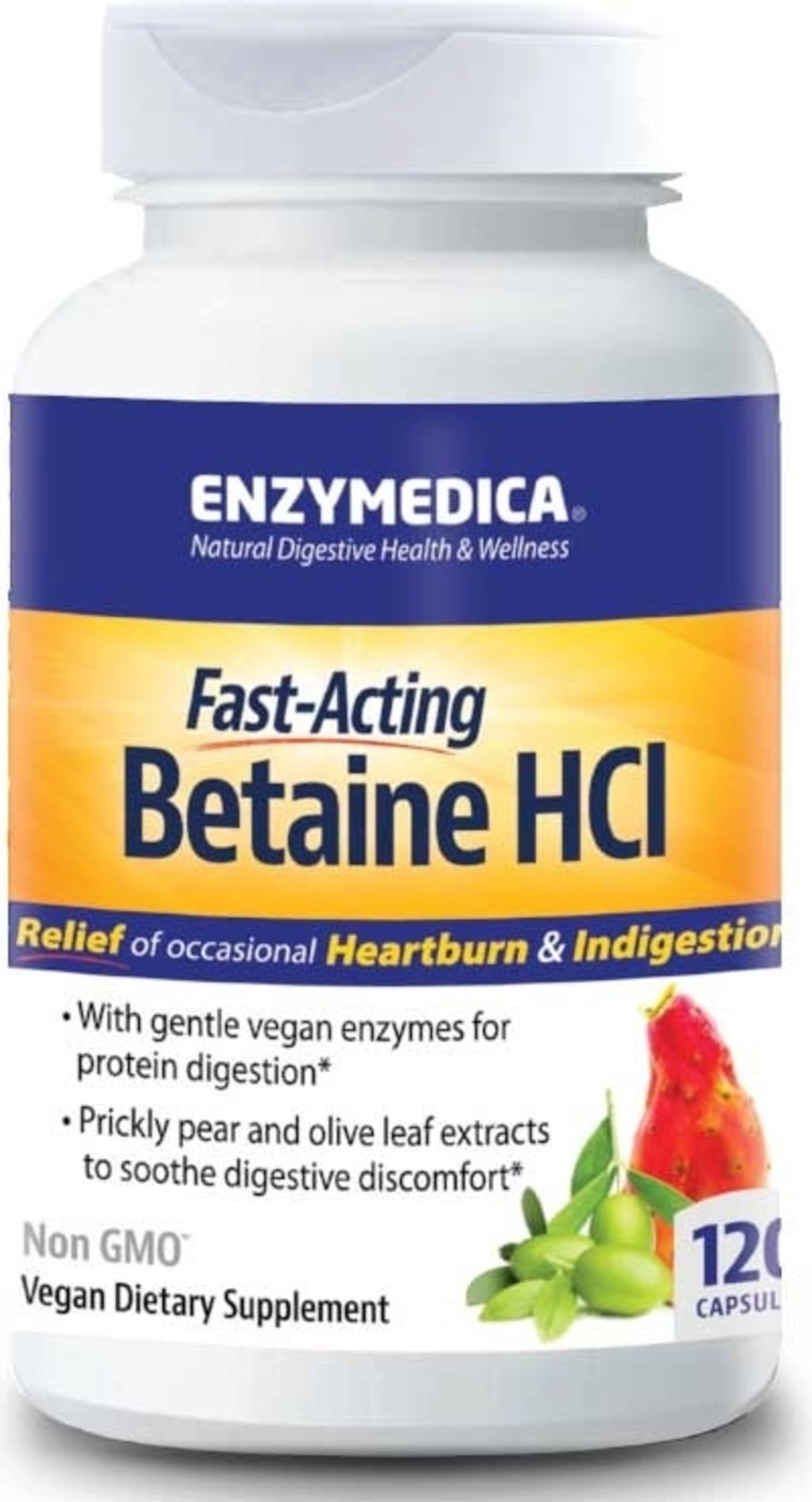Plantain! The Medicinal Plant of 2014
Plantain (Plantago lanceolata) has been used in medicine for thousands of years. Containing many healthy substances (like iridoid glycosides such as aucubin and catalpol and mucilage), it affects catarrh in the respiratory tract and inflammation of the mouth and throat. For this reason plantain was chosen by the University of Würzburg as the medicinal plant of 2014 *.
Other contents that make up the healing effect of the plantain are flavonoids, caffeic acid derivatives, saponin, silicic acid and minerals like zinc and potassium. There are also natural tannins found in the plant. They have an astringent and haemostatic effect and stabilize the mucous membranes. Externally Plantain herb can also be used for inflammations of the skin. In folk medicine, Plantain has long been considered a good remedy for first aid care and in treating insect bites.
He who wants to use the leaves - which are the only part of the plant that can be used for medicinal purposes - can collect them himself. If you want to use fresh leaves, you can, but you have to wait a few weeks yet. The best place to find the leaves is along the edges of paths or roadsides, and in dry meadows. Plantain is noted for its especially narrow, inconspicuous, spear-like, slightly feathered, little flower. The flowers play no role in the health properties of the plant though.
For internal use, one usually chooses a plantain tea or tea blends of plantain, syrup, plantain tincture or plantain juice. Plantain naturally helps dissolve tight mucus and relieves inflammation in your bodies. In addition to its effect on the respiratory system, it also promotes digestion and stimulates the metabolism. In addition to ivy and thyme plantain is one of the best herbal cough remedes of all time. To make the tea, use about three grams of herb with 150 ml of hot water. Strain after 10 minutes.
In earlier times, the juice from the leaves was used to treat insect bites and minor injuries. This is useful even today. If you are injured on the road, as the plantain also promotes blood clotting, is slightly antibacterial and can be disinfectant. For this purpose, you can also just put two (clean) leaves directly on the wound or chew the leaves before applying them as a paste.
The plantain can also be used for culinary purposes and is easy to eat. The young leaves taste particularly nice when used as raw salads or in spreads. If you want the slightly bitter taste to be weakened a little, cook the leaves briefly in a salt water bath. The older leaves could be boiled like spinach boiled, or steamed or fried. The buds have a slightly nutty flavor -they're very good!
* The study circle "development history of medicinal plants customer" at the University of Würzburg selects the medicinal plant of the year since 1999. To date, the following plants were selected: buckwheat, arnica, butcher's broom, artichoke, peppermint, medicinal pumpkin, thyme, hops, Common Buckeye, fennel, ivy, Passion flower and licorice.
Latest reviews
-
 1.0 (1)
1.0 (1)SOLGAR Magnesium Citrate 200 mg, 120 tablets
- Vegan formulation
- High bioavailability
- 1 tablet daily
CHF 37.50 (CHF 153.94 / kg)Delivery by May 05
-
 5.0 (3)
5.0 (3)Enzymedica Betaine HCl, 120 veg. capsules
- With polysaccharides from prickly pear
- Quality product
- Ultra fast
CHF 32.50 (CHF 266.39 / kg)Delivery by May 05
-
 4.9 (15)
4.9 (15)Vitamaze Vitamin K2, 180 tablets
- 200 mcg menaquinone MK-7
- Made without the release agent magnesium stearate
- Excellent quality
CHF 22.50 (CHF 625.00 / kg)Delivery by May 05
